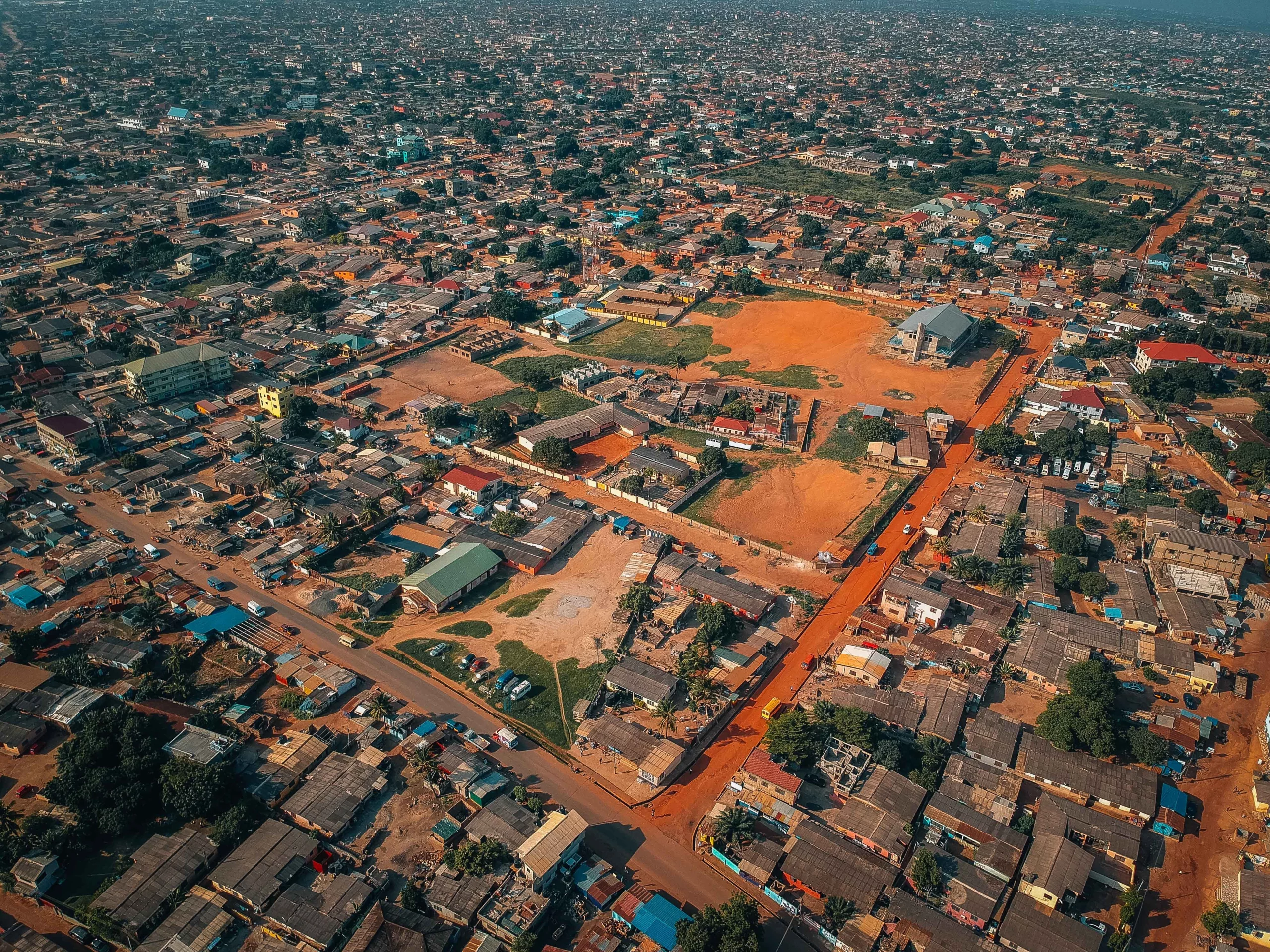Sampling principles and weighting
Afrobarometer uses national probability samples designed to generate a sample that is a representative cross-section of all citizens of voting age in a given country. The goal is to give every adult citizen an equal and known chance of being selected for an interview. We achieve this by:
- using random selection methods at every stage of sampling and
- sampling at all stages with probability proportionate to population size wherever possible to ensure that larger (i.e. more populated) geographic units have a proportionally greater probability of being chosen into the sample.
The sampling universe normally includes all citizens age 18 and older. As a standard practice, we exclude people living in institutionalised settings, such as students in dormitories, patients in hospitals, and persons in prisons or nursing homes. Occasionally, we must also exclude people living in areas determined to be inaccessible due to conflict or insecurity. Any such exclusion is noted in the technical information report (TIR) that accompanies each data set.
Sample size and design
Samples usually include either 1,200 or 2,400 cases. A randomly selected sample of n=1,200 cases allows inferences to national adult populations with a margin of sampling error of no more than +/-2.8 percentage points with a confidence level of 95%. With a sample size of n=2,400, the margin of error decreases to +/-2.0 percentage points at a 95% confidence level.
The sample design is a clustered, stratified, multi-stage, area probability sample. Specifically, we first stratify the sample according to the main subnational unit of government (state, province, region, etc.) and by urban or rural location.
Area stratification reduces the likelihood that distinctive ethnic or language groups will be left out of the sample. Afrobarometer occasionally purposely oversamples certain populations that are politically significant within a country to ensure that the sub-sample is large enough to be analysed. Any oversample is noted in the TIR.
Sample stages
Samples are drawn in either four or five stages:
Stage 1: In rural areas only, the first stage is to draw secondary sampling units (SSUs). SSUs are not used in urban areas, and in some countries they are not used in rural areas. See the TIR that accompanies each data set for details on the sample in any given country.
Stage 2: We randomly select primary sampling units (PSUs).
Stage 3: We then randomly select sampling start points.
Stage 4: Interviewers then randomly select households.
Stage 5: Within the household, the interviewer randomly selects an individual respondent. Each interviewer alternates in each household between interviewing a man and interviewing a woman to ensure gender balance in the sample.
To keep the costs and logistics of fieldwork within manageable limits, eight interviews are clustered within each selected PSU.
Data weights
For some national surveys, data are weighted to correct for over- or under-sampling or for household size. “Withinwt” should be turned on for all national-level descriptive statistics in countries that contain this weighting variable. It is included in the data set, and details are described in the codebook. For merged data sets, “Combinwt” should be turned on for cross-national comparisons of descriptive statistics. Note: This weighting variable standardises all national samples as if they were equal in size.
In Rounds 1-3, Afrobarometer did only minimal weighting of data to correct for over-or under-samples of certain populations, usually based on region or urban-rural location. Starting in Round 4, however, we began collecting additional data (population of each enumeration area selected and the total population of each stratum) in order to improve our calculations of weighting factors based on individual selection probabilities, which are now included for all countries. This allows us to compute much more comprehensive and accurate within-country weights, which can be identified by the variable “WITHINWT”.


